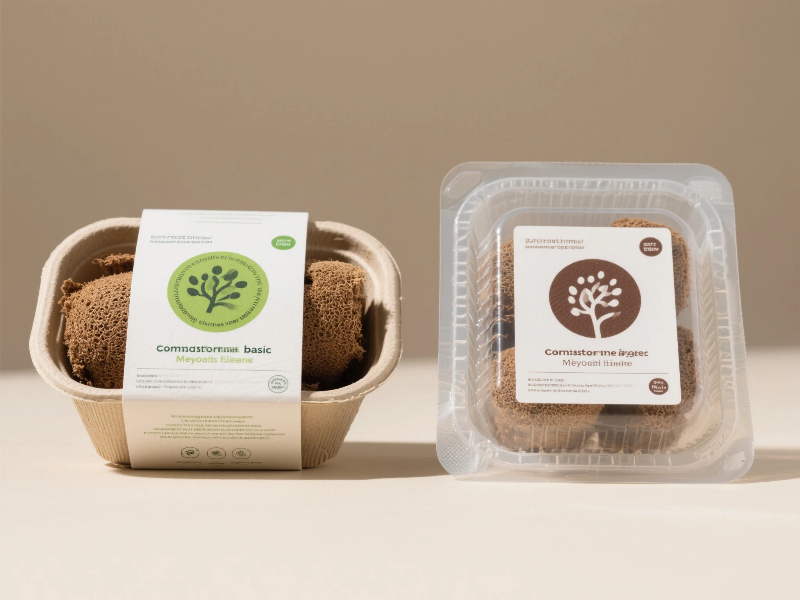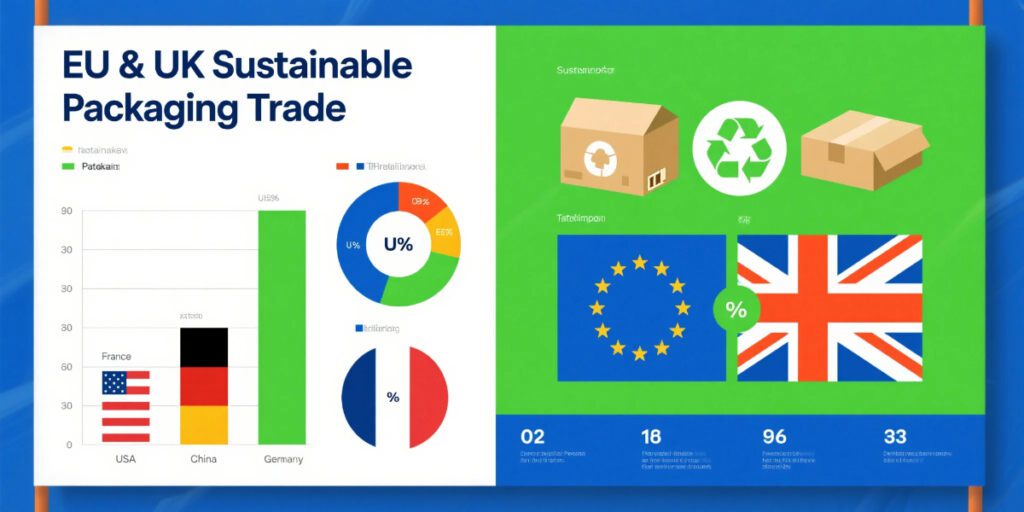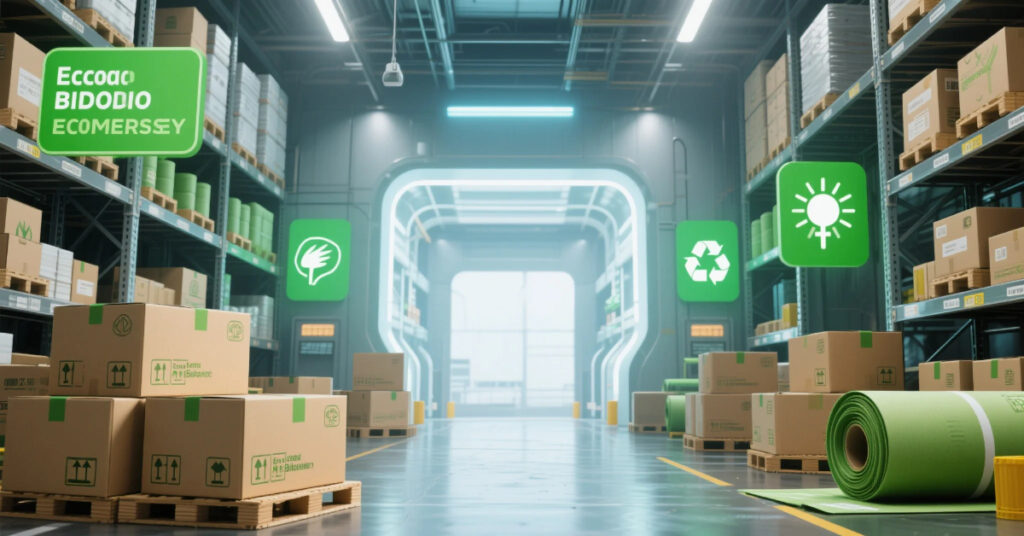Lifecycle Analysis of Mycelium Packaging vs Plastic Alternatives

Lifecycle Analysis of Mycelium Packaging vs Plastic Alternatives highlights a complete comparison between sustainable mycelium-based packaging and petroleum-derived plastic. From raw material extraction to production, use, and final disposal, the differences are significant. Consumers across the USA, UK, Canada, and Europe increasingly prefer eco-friendly mycelium packaging as industries search for plastic alternatives.
Understanding the Lifecycle of Mycelium Packaging
Mycelium packaging is created from mushroom roots, agricultural waste, and natural fibers, which makes it renewable and biodegradable.
Raw Material Sourcing in Mycelium Packaging
Lifecycle Analysis of Mycelium Packaging vs Plastic Alternatives begins with sourcing renewable biomass compared with petroleum extraction for plastics.
Production Phase of Mycelium Packaging
The energy requirements for mycelium packaging are significantly lower, and greenhouse gas emissions remain minimal compared with fossil fuel plastics.
Lifecycle of Plastic Packaging from Origin to Disposal
Plastic packaging originates from petroleum or natural gas extraction, processed using energy-intensive technologies that release high amounts of greenhouse gases.
Production and Manufacturing Impact of Plastic Packaging
Compared with mycelium packaging, plastic production consumes more energy, pollutes waterways, and emits carbon dioxide, contributing to climate change.
End-of-Life Management of Plastic Waste
Most plastic packaging ends up in landfills, oceans, or incinerators, generating pollution, toxic emissions, and microplastics threatening human health.
Environmental Impacts: Comparing Mycelium vs Plastic Packaging
Lifecycle Analysis of Mycelium Packaging vs Plastic Alternatives reveals significant sustainability differences across carbon footprint, biodegradability, and recyclability.
Carbon Emissions and Energy Use
Mycelium-based products consume less energy and release fewer carbon emissions than single-use plastic alternatives throughout the lifecycle.
Waste Management and Biodegradability
Unlike plastic, mycelium packaging decomposes naturally within 30–90 days, enriching the soil, while plastic waste remains for centuries.
Market Growth and Consumer Awareness in the USA, UK, Canada, and Europe
Consumers across developed countries demand compostable packaging, pushing industries to replace plastic with sustainable mycelium packaging alternatives.
Business Adoption of Mycelium Packaging
Eco-conscious companies in the USA, UK, Canada, and Europe integrate mycelium packaging into e-commerce, shipping, and retail industries. Why Mycelium Packaging Represents the Future of Sustainable Alternatives
Lifecycle Analysis of Mycelium Packaging vs Plastic Alternatives demonstrates mycelium’s role in circular economies, reducing waste, and protecting ecosystems.

FAQs
Q1: What is the lifecycle analysis of mycelium packaging vs plastic alternatives?
Lifecycle analysis compares environmental impact, energy use, carbon emissions, and disposal differences between mycelium packaging and plastics.
Q2: Is mycelium packaging better than plastic?
Yes, mycelium packaging is biodegradable, compostable, renewable, and has a significantly lower carbon footprint compared with traditional plastics.
Q3: How long does mycelium packaging take to decompose?
Mycelium packaging usually decomposes naturally within 30–90 days under composting conditions, compared with plastics that last centuries.
Q4: Where is mycelium packaging used?
It is widely used in eco-friendly shipping boxes, insulation, protective packaging, furniture, and sustainable product design across developed countries.
Conclusion:
A lifecycle analysis of mycelium packaging versus plastic alternatives clearly highlights why businesses and consumers must prioritize mycelium-based solutions. From reduced carbon emissions to natural compostability, mycelium packaging offers a viable alternative for developed markets in the USA, UK, Canada, and Europe. Choosing mycelium packaging is not only an eco-friendly decision but also a practical step toward building a sustainable future.
CTA:
🌱 Ready to replace plastic with sustainable packaging?
Discover eco-friendly mycelium solutions at EcoHeven.com and join the movement toward a plastic-free, sustainable world.
Discover more from Ecofriendly
Subscribe to get the latest posts sent to your email.






https://shorturl.fm/IJ8Vt
Thank you so much, Delaney